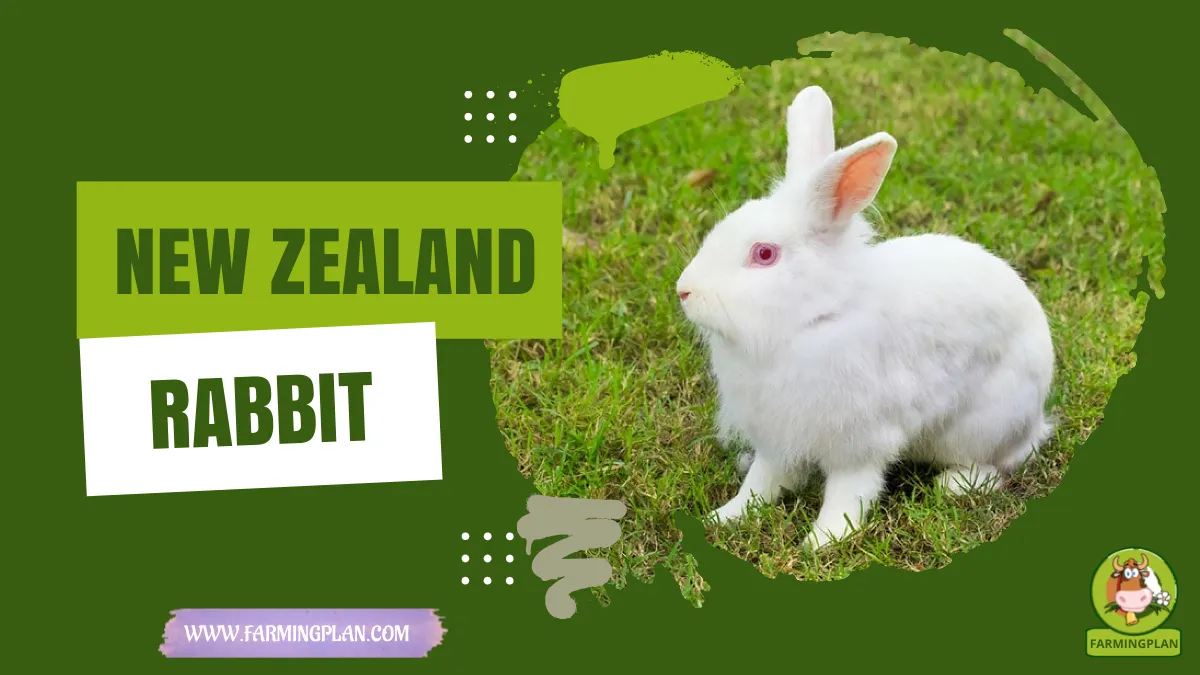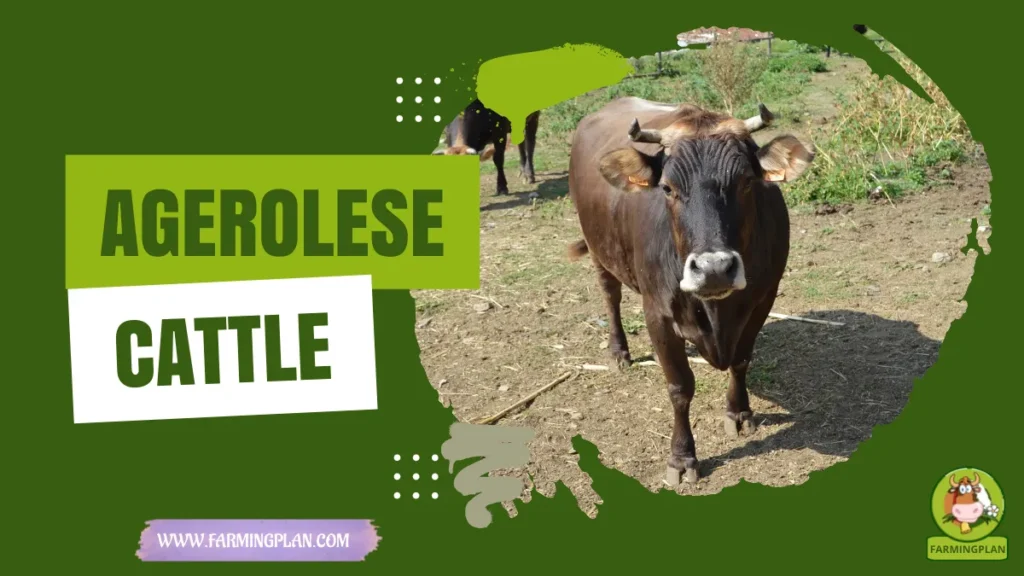If you’re looking for a rabbit breed that’s big on personality, easy to care for and has plenty of practical uses, let me introduce you to the New Zealand Rabbit. This breed is one of my top picks when helping farmers or pet owners choose a dependable, lovable bunny. The New Zealand Rabbit (often just called the New Zealand or NZW rabbit) isn’t actually from New Zealand—funny enough—but it sure has taken the world by storm. Whether you’re in it for meat production, fur, exhibition, or just a calm companion, this breed can do it all. If you’re serious about rabbits, you can’t skip the New Zealand Rabbit.

History & Origin
Most folks assume the New Zealand Rabbit hails from New Zealand, but guess what? It actually originated in the United States in the early 1900s. Breeders were aiming to create a rabbit with fast growth, excellent meat quality, and a good temperament. They likely crossed Belgian Hares and Flemish Giants to develop the first New Zealands.
The white version, known as the New Zealand White, became especially popular around 1917. It quickly earned a reputation for being a top meat rabbit and later found its way into laboratory use due to its calm nature and uniformity. The American Rabbit Breeders Association officially recognized several varieties, including white, red, black, and broken. Today, New Zealand Rabbits are one of the most commonly raised breeds worldwide. Whether for commercial rabbit farming or home pets, they have stood the test of time with their adaptability and ease of care.
Read More: Chinchilla Rabbit – The Ultimate Gentle Giant Breed
Characteristics
New Zealand Rabbits are a large breed, typically weighing between 9 and 12 pounds as adults. Their bodies are muscular and well-rounded, making them perfect for meat production. But don’t let their size fool you – they’re gentle giants. The most common variety is the New Zealand White, known for its short, dense white coat, pink eyes, and upright ears.
Other color variations include red, black, and broken (a mix of white and another color). Their fur is also desirable in the fur market due to its softness and density. They mature quickly, with fast growth rates that appeal to commercial farmers. On top of that, they have a great bone-to-meat ratio, which is why they’re such a star in meat rabbit breeds. Whether you’re entering a rabbit in a show or raising one in your backyard, New Zealands are built to impress.
Nature/Temperament
In my experience, New Zealand Rabbits have some of the best temperaments you can ask for. They’re calm, friendly, and pretty easygoing, which makes them great for first-time rabbit owners or families with kids. They enjoy human interaction and don’t mind being handled, especially if you start socializing them young. With proper handling, they’ll happily sit in your lap or hop around at your feet.
That said, they’re still rabbits, so sudden noises or rough treatment can startle them. They’re also smart – you can train them to use a litter box or come when called. If you give them toys and space to explore, they stay happy and engaged. A good rabbit behavioral and enrichment program can really bring out their best side.
Food & Diet
Feeding a New Zealand Rabbit the right way can make a world of difference. Their digestive systems are sensitive, so I always recommend sticking to a balanced rabbit diet. Start with unlimited access to good-quality hay, like timothy or orchard grass. Hay is essential for their digestive health and helps prevent gastrointestinal stasis, which can be fatal.
Supplement with a measured amount of pellets each day – about ¼ cup per 5 pounds of body weight. Fresh veggies like leafy greens (think kale, romaine, or parsley) can be offered daily, but avoid iceberg lettuce or anything high in sugar. Never feed them chocolate, avocado, or processed food. Clean water is a must, and I always use a bottle or bowl that’s easy to clean.
Usage/Purpose
New Zealand Rabbits are true multi-purpose animals. In commercial farming, they’re top-tier meat rabbit breeds due to their quick growth and efficient feed conversion. Some breeders even raise them specifically for the fur market. But it’s not all about farming. These rabbits shine in rabbit exhibitions and 4-H programs thanks to their uniformity and striking appearance.
I’ve also seen them used as lab animals because of their docile nature and predictable behavior. Of course, they make excellent pets too. Their calm demeanor and low-maintenance needs are perfect for families, hobbyists, or even seniors looking for a gentle companion. Whether you want a showpiece or a snuggle buddy, this breed fits the bill.
Special Features
One of the coolest things about the New Zealand Rabbit is its adaptability. Whether you live in the country or the suburbs, they adjust well with the right housing and care. They can thrive in a variety of living conditions, from spacious outdoor hutches to indoor cages, as long as they have enough space to hop around and a clean, comfortable environment.
Their soft, dense coat is another major asset – especially the New Zealand White. The fur is prized in the commercial fur market for its quality and ease of dyeing. On top of that, their pink eyes and bright white coat make them stand out in a crowd.
They also have an excellent growth rate, reaching butchering weight by 8-10 weeks when farm-raised. This rapid growth makes them a top choice for commercial rabbit farming. Their temperament makes them stars in rabbit enrichment programs, classrooms, or therapeutic environments. Truly, these bunnies are more than meets the eye.
“Big Ears, Bigger Hearts – The New Zealand Rabbit Is The Gentle Giant Every Animal Lover Needs.”
Health Issues & Prevention
Like any breed, New Zealand Rabbits can run into health problems. The most common issues I see are gastrointestinal stasis, ear mites, and respiratory infections. Keep an eye out for signs like reduced appetite, bloating, sneezing, or scratching at the ears. One major concern today is Rabbit Hemorrhagic Disease Virus (RHDV), which is highly contagious and deadly.
Talk to your vet about vaccinations if it’s present in your area. Parasites and flystrike can also be issues, especially in warm weather. To keep your bunny healthy, make sure they have a clean living space, plenty of hay, and regular checkups with a rabbit-savvy vet. Catching problems early can make all the difference. And remember, prevention is always better (and cheaper) than treatment.
Read More: A White Cumulet Pigeon A Fancy Flyer With Homing Heart
Step-by-Step Pet Owner Care Guide
Taking care of a New Zealand Rabbit isn’t hard, but it does take some planning and consistency. Here’s how I set up a successful environment for happy, thriving bunnies.
Step 1: Set Up A Safe And Spacious Home
Give your rabbit a roomy hutch or cage that’s at least 3x the size of the rabbit when stretched out. I prefer indoor setups or weatherproof outdoor hutches with protection from heat and predators. Use solid flooring with soft bedding – no wire bottoms! Include hiding spots, toys, and litter boxes. Clean the bedding and tray regularly to avoid odor and disease. Good ventilation and temperature control go a long way toward keeping your rabbit comfy.
Step 2: Feed Them Right Every Day
Stick to a routine feeding schedule. Offer hay 24/7, fresh pellets once or twice a day, and small portions of leafy greens. Treats should be occasional and healthy – think small pieces of fruit or carrot. Always provide clean, cool water. I check water bottles daily to make sure they’re working properly. Hydration is super important, especially in hot weather.
Step 3: Socialize And Enrich Their World
Rabbits need playtime and interaction. Spend time each day bonding with your bunny, either through gentle petting or play. I use tunnels, chew toys, and cardboard boxes to keep mine entertained. Rotate toys every few days to keep things fresh. If you have more than one rabbit, bonding must be done carefully and gradually to avoid fighting.
Step 4: Stay On Top Of Health Checks
Check their fur, ears, eyes, and teeth weekly. Long nails should be trimmed monthly. If your rabbit acts lethargic, stops eating, or shows any odd behavior, contact a rabbit vet immediately. Schedule annual checkups, and consider RHDV vaccinations where recommended. Keep a close eye out for signs of digestive trouble or parasites.
Expert Tips & Best Practices For New Zealand Rabbit Success
- Always handle your rabbit gently and calmly.
- Please give them a variety of toys to prevent boredom.
- Spay or neuter for better behavior and health.
- Use a rabbit-savvy vet for all checkups and emergencies.
- Never house rabbits in direct sun or extreme cold.
- Introduce new foods gradually to avoid stomach upset.
- Keep their enclosure clean and dry to prevent flystrike.
- If you’re breeding, track lineage and health carefully.
- Learn rabbit body language to build trust.
- Consistency and love go a long way with these bunnies.
FAQs
Are New Zealand Rabbits good pets?
Yes! They’re calm, friendly, and easy to care for, making them perfect for families and first-time rabbit owners.
How big do New Zealand Rabbits get?
Adults typically weigh between 9 to 12 pounds. They grow fast and reach maturity around 4-5 months.
What do New Zealand Rabbits eat?
Mainly hay, pellets, and leafy greens. They need a fiber-rich diet to stay healthy and avoid digestive issues.
How long do New Zealand Rabbits live?
With good care, they can live 5 to 8 years, sometimes even longer, when kept as indoor pets.
Are New Zealand Rabbits used for meat?
Yes, they’re one of the most popular meat rabbit breeds due to their growth rate and high meat yield.
Conclusion
From my years of experience raising rabbits, the New Zealand Rabbit is one of the most dependable, gentle, and versatile breeds around. Whether you want a snuggly pet, a productive meat breed, or a show-worthy star, this rabbit can do it all. With proper care, they thrive and become wonderful companions. If you’re ready to dive into the world of rabbits, the New Zealand Rabbit is a perfect place to start. Share this guide with fellow bunny lovers, leave a comment if you’ve raised one yourself, and let’s keep spreading the love for these fluffy giants!

